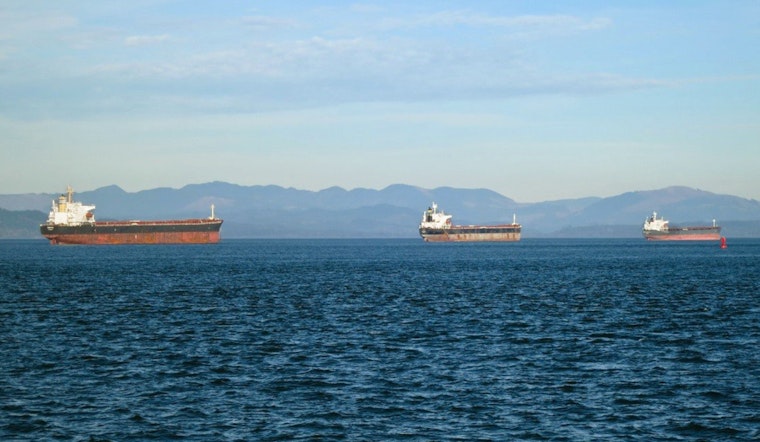
The clear waters of Washington state aren't just a haven for wildlife; they're also a bustling highway for marine traffic, and the potential for hazardous spills is always a concern. According to the Washington State Department of Ecology, the best defense against environmental disaster is to prevent it from happening in the first place. The Ecology's Spills Program works diligently to protect our coasts through rigorous spill response routines and, more importantly, by preventing spills altogether.
Tracking the comings and goings of vessels via the Vessel Entries and Transits for Washington Waters (VEAT) has been key in this preemptive stance. VEAT just hit a milestone—the 30th anniversary of their reports—a vital tool for gauging spill risks from the various cargo, passenger, fishing vessels, tank barges, and tankers that navigate these waters, as reported by Ecology's blog. “Shipping follows the global economy. As things go up and down, the number of vessels does the same,” Lori Crews, a vessel inspector and lead author of the VEAT report, told Ecology's blog.
The origin of VEAT dates to 1991, when the Washington legislature established the Office of Marine Safety (OMS) to help thwart oil spills from commercial behemoths riding the waves. Without an official tally of large vessels, OMS was navigating blind in terms of oil spill prevention—hence the partnership with the Canadian Coast Guard vessel traffic service (VTS) to track vessels entering the area. Vessels today still check in with the radar station and VTS center in Tofino Traffic, although Ecology now ropes in data from a variety of industry and government sources.
Tales from the past tell of manual counts of vessel transits, but thank the tech gods, computers have simplified the sorting process. The digital shift is one of the many changes Crews has witnessed over her 25-year tenure. In her conversation with Ecology, Crews expressed fondness for her yearly data dive: "I like data, and I like working with the spreadsheets. It’s nice to get that annual overview of what is happening on the water,” as reported in Ecology's blog.
From economic shifts to once-in-a-century pandemics, the VEAT report has seen trends rise and fall. The global economic slowdown in 2010 meant fewer ship sightings, while crude oil deliveries by train caused a dip in tanker transits. At the pandemic's peak, passenger vessel numbers hit rock bottom. But through thick and thin, the VEAT stands as a constant, illuminating shifts in marine traffic and helping keep Washington's shores safer for every creature that calls it home.









